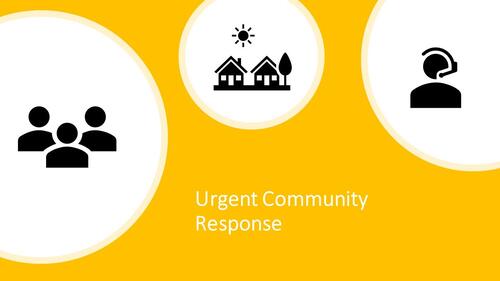Community health services provide invaluable support for older people with a range of health care needs. These services also keep local health systems working efficiently.
Despite this importance, comparatively little is known about the scale and distribution of community services. The NHS may consequently fall short when it comes to monitoring and planning these services.
Integrated Care Boards (ICBs) in the Midlands therefore commissioned this report, through the Midlands Decision Support Network, to better understand how access to community services varies across the region. We were asked to focus on services for older people (taken to be those aged 65 and over).
We set out to investigate what could be said of community services in terms of their:
- Scale and concentration. How much care is provided? How has this changed over time? To what extent is care concentrated or distributed?
- Socio-economic distribution. Which population groups receive the most care?
- Effect on demand. (How) have changes in community services provision affected pressures in urgent care?
The nature of these analyses was exploratory. Lack of existing knowledge, and expected problems with data quality, meant that we focused more on the question of what could be said, than on generating definitive answers and recommendations. Nonetheless, we see several implications of this work for Midlands ICBs.
CC BY-NC-ND 4.0

This work is licensed under a Creative Commons Attribution-NonCommercial-NoDerivatives 4.0 International License.


